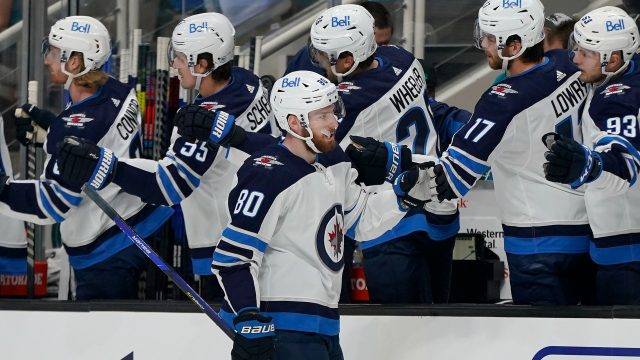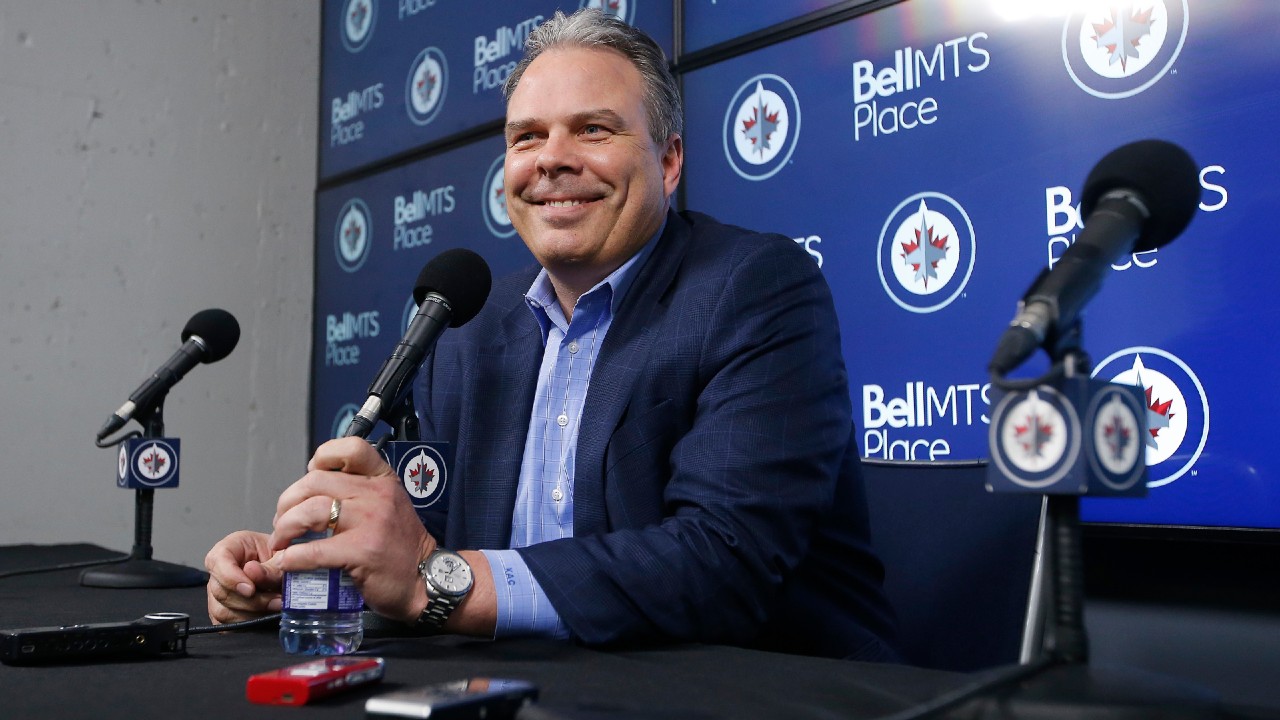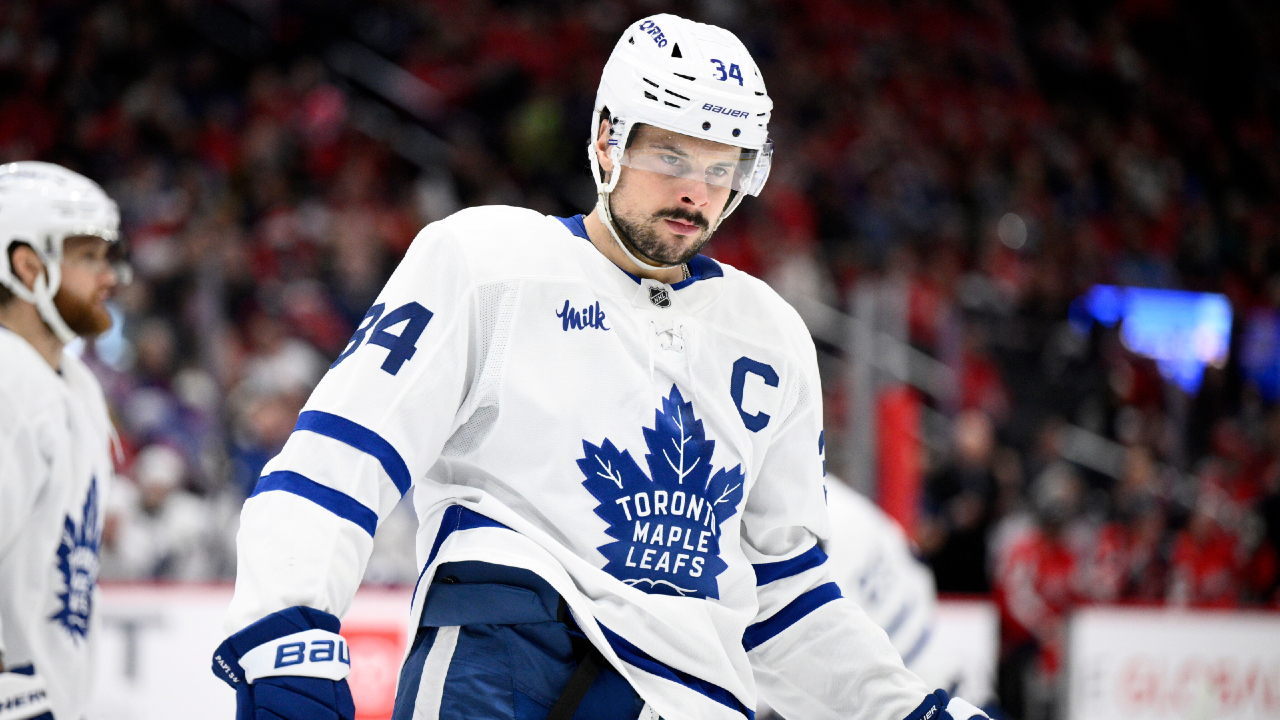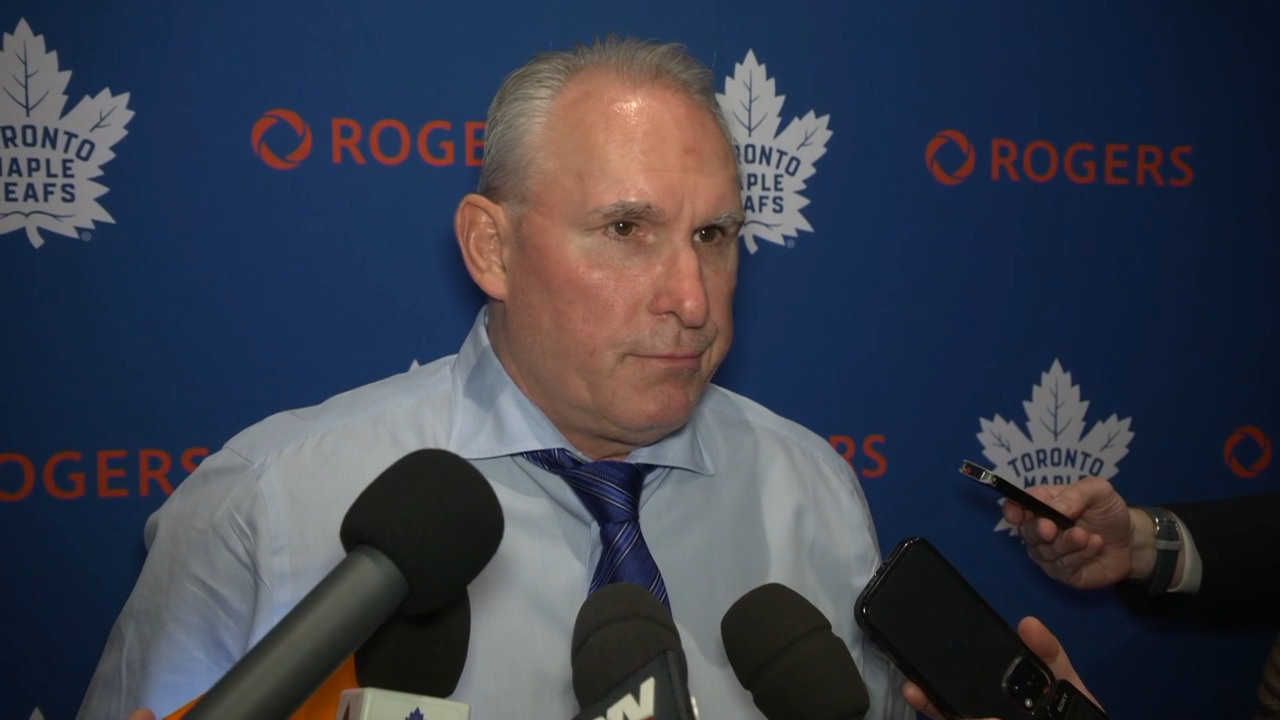
This isn’t the type of move that is going to whip a fan base into a frenzy, not from one that’s been begging for a headline-grabbing transaction since the season ended on May 1.
Nor is it going to solve many of the real or perceived problems the Winnipeg Jets are looking to attack this offseason.
But for a franchise looking to bolster its forward group, having clarity with Mason Appleton is important for general manager Kevin Cheveldayoff.
With Appleton and the Jets avoiding arbitration on Sunday, after the two sides agreed on a deal that provides a raise and some security for Appleton (three years, with an AAV of $2.167 million), the organization was able to lock up a homegrown winger who is just over a year removed from his best season as a professional.
The Jets never wanted to lose Appleton to the Seattle Kraken in the expansion draft in the first place, but Cheveldayoff wasn’t interested in paying the inflated price set by Ron Francis to keep him.
As is often the case in our social media generation, reaction was swift and varied from this is a good deal for the Jets to why in the world would the Jets provide a significant bump in salary and term for a fourth-liner.
The truth is probably located somewhere in the middle and there are several reasons why a deal of this nature is important for the Jets, who have yet to land a key free agent or make a trade that would represent significant improvement on the personnel side of things.
One of the many issues the Jets endured last season was having a third line that lacked its usual identity of being hard to play against and chipping in offensively on a fairly regular basis.
Centre Adam Lowry has been the constant in that role, but he had a revolving door of linemates last season, none of whom were able to shine or find much chemistry.
So it was not a surprise the Jets went out and re-acquired Appleton from the Kraken for a somewhat reduced price — at least compared to what it would have cost to prevent Francis from selecting him in the summer of 2021.
No, Appleton didn’t come back and immediately produce the way he had when he managed to set career-bests with 12 goals and 23 points in 56 games during the pandemic-shortened 2020-21 campaign.
But that didn’t mean Appleton didn’t fit in well, he just didn’t have the numbers (two goals, two assists in 19 games) to show it.
He’s a strong forechecking presence, adds some size and his speed allows him to take the puck wide, while his willingness to drive to the blue paint is another obvious plus.
He’s also a guy that can be used on the penalty kill, a trait that became even more important after the departure of Andrew Copp to the New York Rangers in the other key deadline deal that was made.
With Appleton under contract, the last remaining restricted free agent that will play for the Jets in North America this season is centre David Gustafsson and that deal is expected to come in around $1 million in AAV (since winger Kristian Vesalainen is set to play overseas, though the Jets retain his rights).
Appleton, who will be 27 in January, is a draft-and-develop success story, a late-blooming sixth rounder that ended up becoming an NHL regular.
It’s true he’s been used primarily in a checking-line role, but there have been flashes where Appleton has shown signs of morphing into more of a middle-six player, though he’d need to do so on a more consistent basis to take the next step in his development.
Can Appleton replace all of the offence going out the door with the departure of Copp?
It’s unlikely, though Appleton did produce 22 goals and 66 points in 76 games during his first pro season with the Manitoba Moose — a performance that earned him the American Hockey League’s top rookie title.
Appleton also had 15 goals in 40 games during his second AHL season and those 12 goals he recorded for the Jets in 2020-21, put him on pace for 17-markers over a full season.
So, it’s not unreasonable to see why the Jets would project him to be a guy who can be in that 13-16 goal range.
If that’s the case, there will be value in the contract, especially when you consider the Jets bought two seasons of unrestricted free agency.
Sure, there’s always a possibility that Appleton could end up stagnating and being in the 8-to-10 goal range, but the Jets are banking on him returning to previous form.
Perhaps more importantly, they’re providing Lowry with a familiar face, someone he has chemistry with and someone new head coach Rick Bowness knows that he can play against the opponent’s top offensive players.
As for who holds down left wing on that line, the most likely internal options include Jansen Harkins or Morgan Barron — though a finisher like free agent Sonny Milano certainly makes sense for that spot.
When you incorporate Appleton’s salary, the Jets still have the funds required to sign someone like Milano — or to trade for someone like Lawson Crouse of the Arizona Coyotes or Jesse Puljujarvi of the Edmonton Oilers — which could shake some things around when it comes to deployment.
The point is, the Jets don’t necessarily need to roll with a defence-first player on that unit, though he will need to be conscientious.
Neither Lowry or Appleton are viewed as natural goal scorers, though they’ve both eclipsed double digits in the NHL — with Lowry doing it multiple times.
Cheveldayoff acknowledged it back on July 13 when free agency opened, that improving the forward group was a priority. So far, his actions have supported the notion.

Offers made to Calle Jarnkrok (who ended up taking less money to sign with the Toronto Maple Leafs) and Danton Heinen (who stayed with the Pittsburgh Penguins after considering the Jets and several other teams that made more lucrative pitches) show that Cheveldayoff wasn’t just giving lip service to this task.
This isn’t about patting Cheveldayoff on the back for being in the mix for some of these value buys, since there are no participation medals dished out for making a quality offer at this level.
Cheveldayoff’s job is to ensure the Jets are a better team this coming season — and not just on paper — so that could involve making some difficult or even unpopular decisions.
To this point of the offseason, the Jets have not improved enough, though there is still plenty of time to bring a player, or several, in to bolster the roster before training camp opens in September.
With roughly $5 million available to reach the salary cap ceiling, Cheveldayoff still has room to take a swing.
Whether it ends up being a home run or a ground rule double doesn’t really matter either. But in sticking with a baseball theme, Cheveldayoff can’t be caught looking at the third strike because he’s waiting for a perfect pitch.
There are still too many NHL-capable defencemen in the system and at least one of them needs to be involved in a deal that eliminates the logjam — and bolsters the forward group.
That Cheveldayoff has taken a methodical and patient approach is no surprise, it’s basically how he’s been rolling, with a few notable exceptions, since he took over the top job in the summer of 2011.
But make no mistake, action still needs to be taken for the Jets to be anything other than a bubble team next season.






